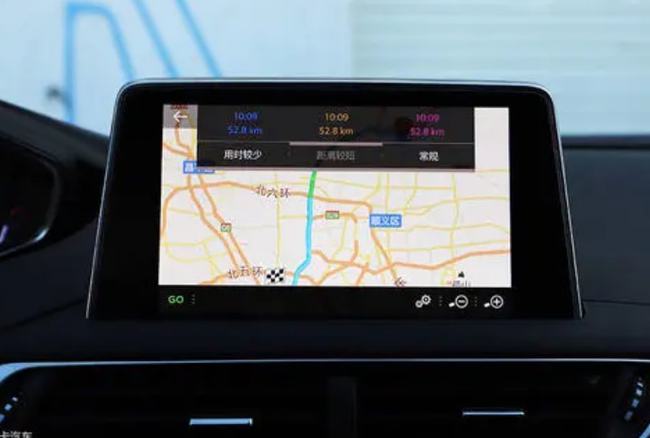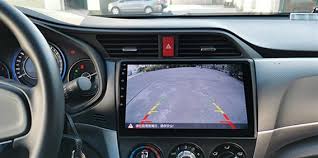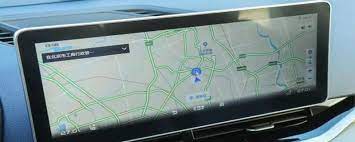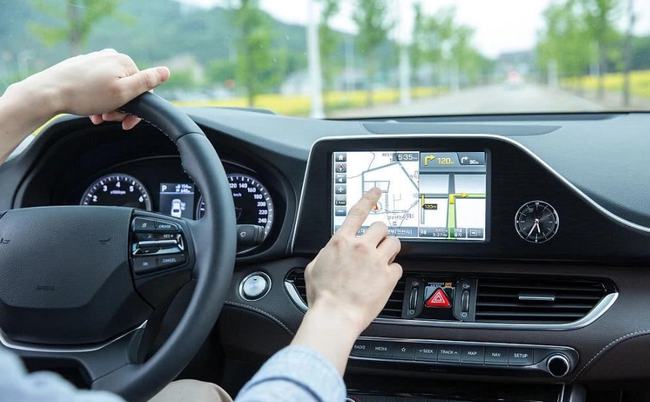What is car navigation

The difference between original OEM products and after-installation
We have seen some models of navigation version, some of which are OEMs (mostly) by OEMs, and some are produced by ourselves. And these OEM manufacturers will also produce their own products and sell them to after-installation channels, and also supply some 4S stores. If you compare the automaker to the rich and handsome, the conditions for it to marry a wife are also particularly harsh. For example, the requirements for system stability, the selection of raw materials, and the inspection of prototypes must follow the original specifications.
Just because the demand for prototypes is different, the cost will also vary. In order to ensure the stability of the system, automakers generally do not pursue too many fancy functions, but only need to have common modules.
In addition to the differences in quality control and functions, the original supporting products can also read the original car's CANBUS data. At this point, some have signed an agreement with the car manufacturer, so the data can be read, which depends on how the car manufacturer and the car manufacturer connect. Speaking of this, some car owners may ask, since automakers do OEMs for the complete vehicles, why can't the after-installed products be produced the same as the OEM products. Therefore, even products produced by the same manufacturer will have different product functions and performance due to different “objects”.
The difference between buying navigation in brand stores and auto parts stores
1. The difference in configuration transparency
The most basic difference of electronic products is not the difference in function, but the hardware configuration. Hardware configuration can be said to be the key to determining the price and performance of navigation. But if you want to know the configuration parameters of navigation, I am afraid it is a bit difficult. Brand navigation generally has a brief configuration description on the package or manual, and car owners can also check on the official website. But the navigation of small manufacturers, I am afraid that even the owner himself cannot tell.
2. Differences in product experience
Since the configuration cannot be understood, I always know whether it is good or not under the actual trial. Car owners can try the navigation right away, look at the workmanship of the product, and understand the quality of the product. Brand navigation stores are generally available directly in stock. But if you are in an auto parts store, generally only pictures are available for the owner to view. If you want to test product performance, you can only try products of the "same model and different models" placed in the store. Whether the navigation is good or not, I really can’t tell.
However, even in brand stores, niche models or newly launched models are not necessarily available in stock. Dedicated navigation for newly launched popular models will generally appear within a few months after the launch.
Three, the difference in warranty period
Most of the brand stores provide a 1-year warranty, and some provide a 2-year warranty. After the warranty period, you can go to the store for repairs if you have any problems, and a certain repair fee will be charged. If it is an auto parts shop. Generally, you can get the "discount" of the lifetime warranty by greeting with the owner. Although the "lifetime warranty" is very attractive, who can know if this store is still available next year?
The navigation system is very simple, it only needs to help the driver get from point a to point b. However, the software itself is not simple, it is actually quite complex. With voice navigation, real-time traffic reports, wireless updates, and point-of-interest (POI) searching to optimize the driving experience, embedded navigation systems are becoming more and more advanced.

Everyone who has a smart phone or a car may have used a navigation system. Global car sales in 2019 are expected to reach 79 million, so it is not surprising that the car navigation system market is expected to grow at a compound annual growth rate of 5.2% from 2019 to 2022.
Route planning and route points
Planning a route is the simplest and most basic thing the navigation system needs to do. Usually, the navigation system will provide a variety of options based on your preference for the fastest, cheapest, or most convenient route. You can also choose to avoid borders, ferries, tolls, highways, etc. The system will guide you to the necessary lane, and if you deviate from the initial route, the system will automatically change the lane for you. Some embedded navigation systems allow up to 50 navigation points to be added. In addition, you can also view the history.
Navigation System
It may be a bit annoying to have the navigation system sound at every turning point, but it is very useful. The turning direction includes visual data and voice commands on the screen so that your attention can be kept on the road. The system will prompt the direction of the turn, the street name, and the distance to the next turn. It can also alert you to traffic jams and toll roads ahead.
Offline map
But the problem is that we cannot guarantee that the phone is always connected, especially when going to remote areas. Therefore, offline maps are one of the most important functions in car navigation. The map update ensures that the street you rejected still exists. Although offline maps do not provide POIs or traffic reports, they can show the current location of your car based on GPS trackers and navigate for you.
The core function of the car navigation system is usually enough to find the best route to the destination, not to miss an important turn, even if the phone signal is lost, you still know where you are going.
built-in-car navigation systems
How navigation system works in-car without internet
Embedded navigation system in-car
GPS navigation system for car